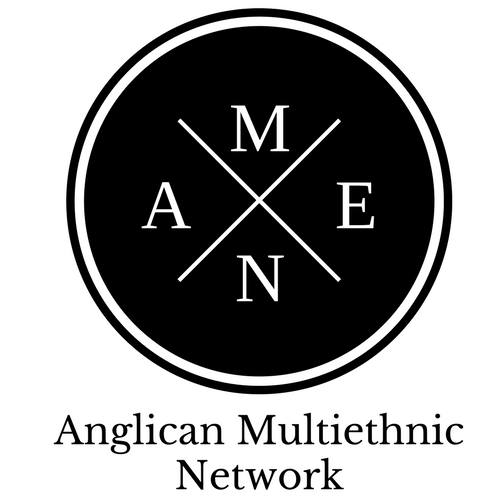
Chapter 6 Towards Constructing a Christian Solution to the problem of Racism
- “All four focus on a single explanation for why racism is a problem in our society. In the colorblindness model, the source of the problem is our failure to recognize that race is unimportant. For Anglo-conformity proponents, the source of the problem is the inability of racial minorities to adjust to the majority economic and social system. Multiculturalism holds that the problem comes from the dominance of Eurocentric culture. For white responsibility advocates, the majority group is the problem. (page 78)” Do you believe he summarizes the four models in chapter 1-4 well? Do you see yourself in one more than another?
- What does Yancey identify as the source of racism? How does this differ from the secular models of racism? Why is this a significant difference?
- Have you ever considered how sin’s effects go beyond personal alienation from God? How might sin’s universal, or social consequences in pact relationship between various ethnic groups?
- How are Sin and Grace tied together? Discuss how having a clear understanding of both would be critical for any discussion of racial reconciliation and unity?
Chapter 7 Sin Nature and European Americans
- “While these majority group members did not directly participate in past racial sins, they have benefited from those sins” ( Page 89). Do you agree or disagree with this statement? How are some of the ways in which the majority cultural members have benefited from their majority status?
- How might racist structural systems benefit majority culture? How might they go unseen? And finally, how might one go about dismantling such systems?
- “The Bible tells us that the Lord confronted the actions of Israelite society (Ezra 9; Amos 2:6-16; Malachi 1:6—3:15). Both Nehemiah (Nehemiah 1:6-7) and Daniel (Daniel 9:5-6) confessed not only their own personal sins but the sins of their ancestors (page 95).” How do Nehemiah and Daniel provide the majority culture both an example and a rationale for repentance on a structural scale?

Chapter 8 Sin Nature and Racial Minorities
- Do you agree with George Yancey, as he states, “Our wounded race relations cannot be healed unless both the majority and minorities play an active part in the healing” (page 100)? Why or Why not?
- How does “playing the race card” hurt both the efforts of the minority and the majority culture to reconcile their differences? How in the past have you experienced individuals playing the “race card”?
- How does seeing racial issues like a power dynamic versus a moral dynamic effect the ways incidents of racism might be perceived and understood? How might the scriptures address these issues differently or bring clarity to the underlying issue?
- “Reparations would guarantee that healing relationships between whites and people of color would not take place” (page 106). Do you agree with Yancey and Volf or disagree?
Chapter 9 Jesus: the Ultimate Reconciler
- “We are in an especially good situation to learn from Jesus’ life because he was neither at the top nor the bottom of his society. At times he was a member of the majority group and at times he was part of the minority group” (page 113). Before reading Yancey did you ever consider Jesus Racial ethnicity and its context in the larger community? How does Yancey’s assertion that Jesus was a man in-between help interpret his actions?
- Read John 4. How does Jesus model Racial Reconciliation? How does his model inspire the Mutual Responsibility model? How might one approach racial issues in your church or community based on what Christ demonstrates in John 4?
- In Reading George Yancey, did you ever consider Jesus’s encounter with Matthew or the Roman Centurion as a racial or ethnic encounter? How might you read the passages differently now seeing that aspect of the passage?
- “The only way to completely deal with racial sins is to stop being satisfied with incomplete solutions that focus either on relationships or on confrontation. Instead, Christians should look to Christ as our ultimate role model. A careful reading of the Gospels shows that even as he sought relationships with members of other ethnic groups, Jesus also dealt with issues of oppression and justice (pp. 122-123).” How might this speak to issues in your local church? How might this change your approach to racial reconciliation?

Chapter 10 The Fear Factor
- When you opened this book, what was the greatest fear concerning its content? When have you experienced fear in discussing race with individuals or groups?
- “None of the secular models adequately deals with our fears” (page 129). Are you convinced by Yancey’s assertion? How do you see the gospel and Christ addressing the issue of fear in racial dialogue?
- How might the Christian doctrine of total depravity actually help Christians foster racial reconciliation?
- How do you react to the quoted section of his first book that ends the chapter? How does his honesty shape your thoughts and feelings about race and the entire book you have been reading?
Chapter 11 What Would a Christian Solution Look Like?
- Attempt to answer Yancey’s own question. “What would our society look like if we were able to incorporate a Christian solution to racial problems?” (p. 138).
- In the example of Affirmative Action do you agree with Yancey’s discussion? How might the principles apply in this section address other issues in our society?
- “Successful multiracial churches share certain characteristics, including racially diverse leadership, inclusive worship, and adaptability (page 145).” How might your small group or local church address and/or work to incorporate these principles into the church?
